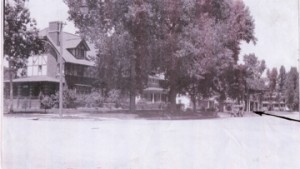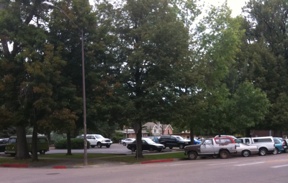New Urbanism in the Mountains – South Main
This summer I had the pleasure of being able to tour South Main in Buena Vista, Colorado. I have heard about this community through various news articles and publications, and I have visited the web site many times. I was not prepared though, for how wonderful and beautiful this neighborhood has become! First it was a little hard to find. I had a vague idea of where it was in Buena Vista, but there were no real estate signs directing you to it. However, you could see it from the main highway through town. Fittingly, you drive down Main Street in Buena Vista to get to South Main. This community is only just beginning, but already you can get a feel for what this community will become. The homes range from fairly modest, to large custom homes, but they all exhibit an attention to detail, and fine craftsmanship that insures these homes will be around for generations to come. Mixed in with the homes, are some scattered mixed use and commercial buildings. It is obvious that this is only the beginning of the commercial core, but what is there embodies the best of commercial architecture. Instead of massive look-alike buildings, or even large buildings that are designed to look like they were built over time, these buildings actually are individual, and will truly be built over time, giving them some real character and individualism. Even the streets have character. There is one street that is built of river cobble, presumably from the river that is adjacent to the site.
As unique as this community is, the story behind it is every bit as unique. The community came to being behind the vision and drive of the sister brother team of Jed Selby and Katie Urban. Neither one had developed a community before, much less having really been involved in real estate. Being life long residents of Buena Vista, and avid kayakers on the Arkansas River, they learned that this 41 acre site was being proposed for development, and would likely cut the river off from the town. Instead, they parlayed a family investment into the ability to purchase the property, vision a community based on sound design principles, and that keeps the river open for the enjoyment of all residents.
While I have enjoyed touring many wonderful New Urbanism communities, this one is a diamond in the rough. It is being masterfully crafted and carried out. My hats go off to Jed and Katie. I only hope that my own development projects turn out as well done as this one it.







